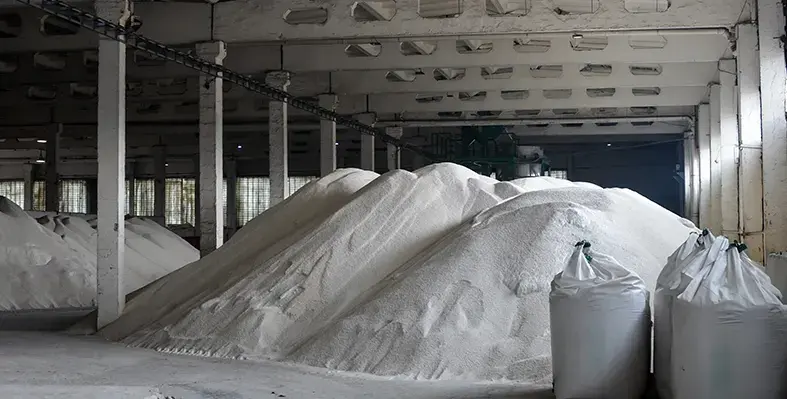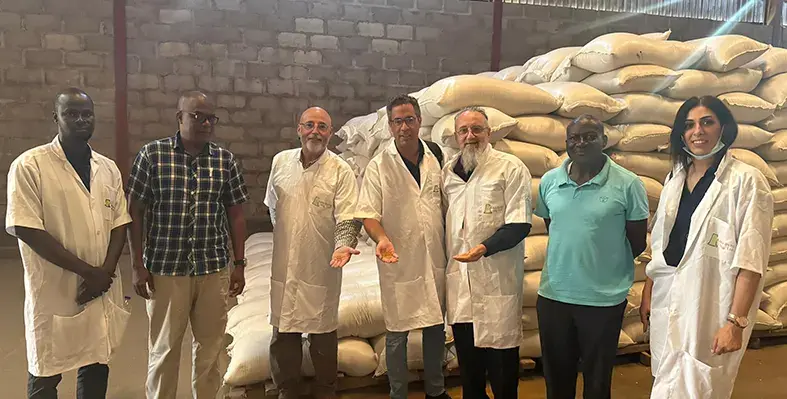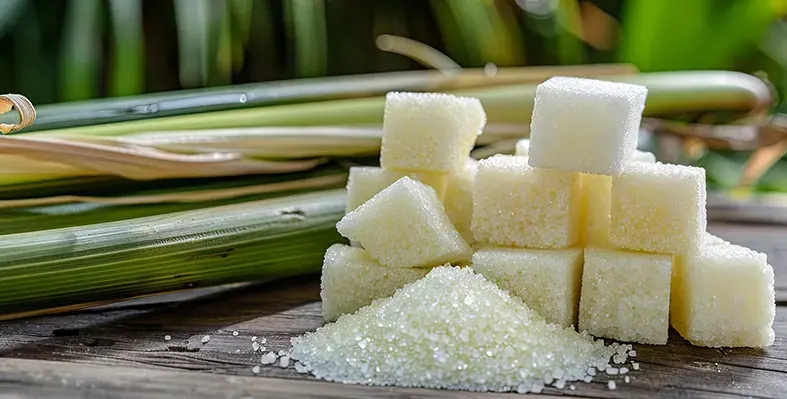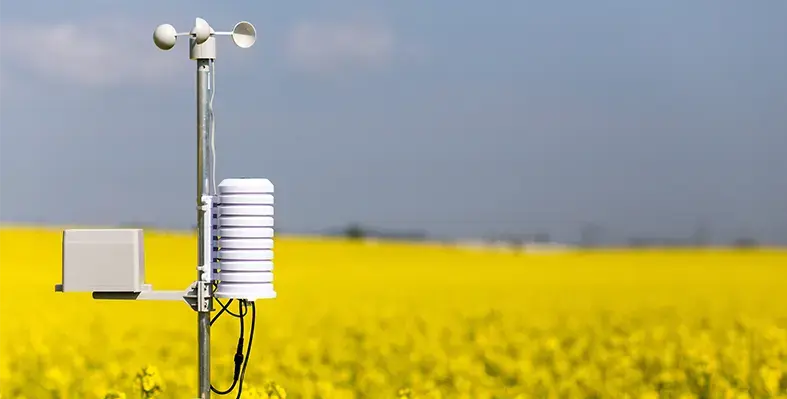
Kenya’s mangrove revival stands as a compelling model of regenerative action proving that when communities, technology, and corporate commitment unite, both nature and people can thrive.
Kenya’s coastline is witnessing a powerful shift towards genuine sustainability through an ambitious mangrove restoration initiative supported by Husqvarna Group, veritree, and the Earthlungs Reforestation Foundation.
The programme, which involves planting more than 300,000 mangrove trees, is proving how environmental renewal can go hand in hand with community development and long-term economic resilience.
As Jonas Willaredt, Husqvarna’s Vice-President of Sustainability Affairs, said, “Sustainability is not an abstract concept. It’s something we build, protect and live every day.”
Mangroves are among the world’s most valuable coastal ecosystems. They anchor shorelines, support rich marine habitats, and store carbon at far higher rates than many inland tropical forests. Yet decades of urban expansion and land conversion have severely degraded Kenya’s mangrove belts. Restoring them is therefore not only an ecological necessity but a crucial step towards safeguarding coastal livelihoods.
What sets this project apart is its strong community foundation. Local residents from women’s collectives to youth groups are central to the entire process. They grow seedlings, nurture mangrove nurseries, and plant the young trees across damaged coastal zones. This involvement provides much-needed income, builds environmental knowledge, and inspires a sense of guardianship over the land and sea they depend on.
veritree’s CEO and Co-Founder, Derrick Emsley, captures this vision perfectly: “Every tree we plant is verified, monitored and linked to measurable impact.… Our goal isn’t just reforestation, it’s regeneration.”
Already, the restored areas are beginning to show encouraging signs of recovery: stronger soils, richer biodiversity, and increased carbon absorption. These early shifts signal a healthier and more resilient coastal environment taking shape.
Flora Awiro, Chief Operating Officer at Earthlungs, reinforces the wider significance: “True responsible development restores both the land and the people who depend on it.”
Beyond environmental gains, the restored mangroves help revive fish nurseries, improve food security, protect coastal communities from storms, and create opportunities in eco-tourism. As Willaredt notes, “Healthy ecosystems are the foundation of healthy economies.”
For Husqvarna, this marks its first major restoration project in Africa and an important step towards its global goal of planting one million trees. Through veritree’s transparent monitoring platform, progress is shared openly, ensuring trust and accountability.
Kenya’s mangrove revival stands as a compelling model of regenerative action proving that when communities, technology, and corporate commitment unite, both nature and people can thrive.











